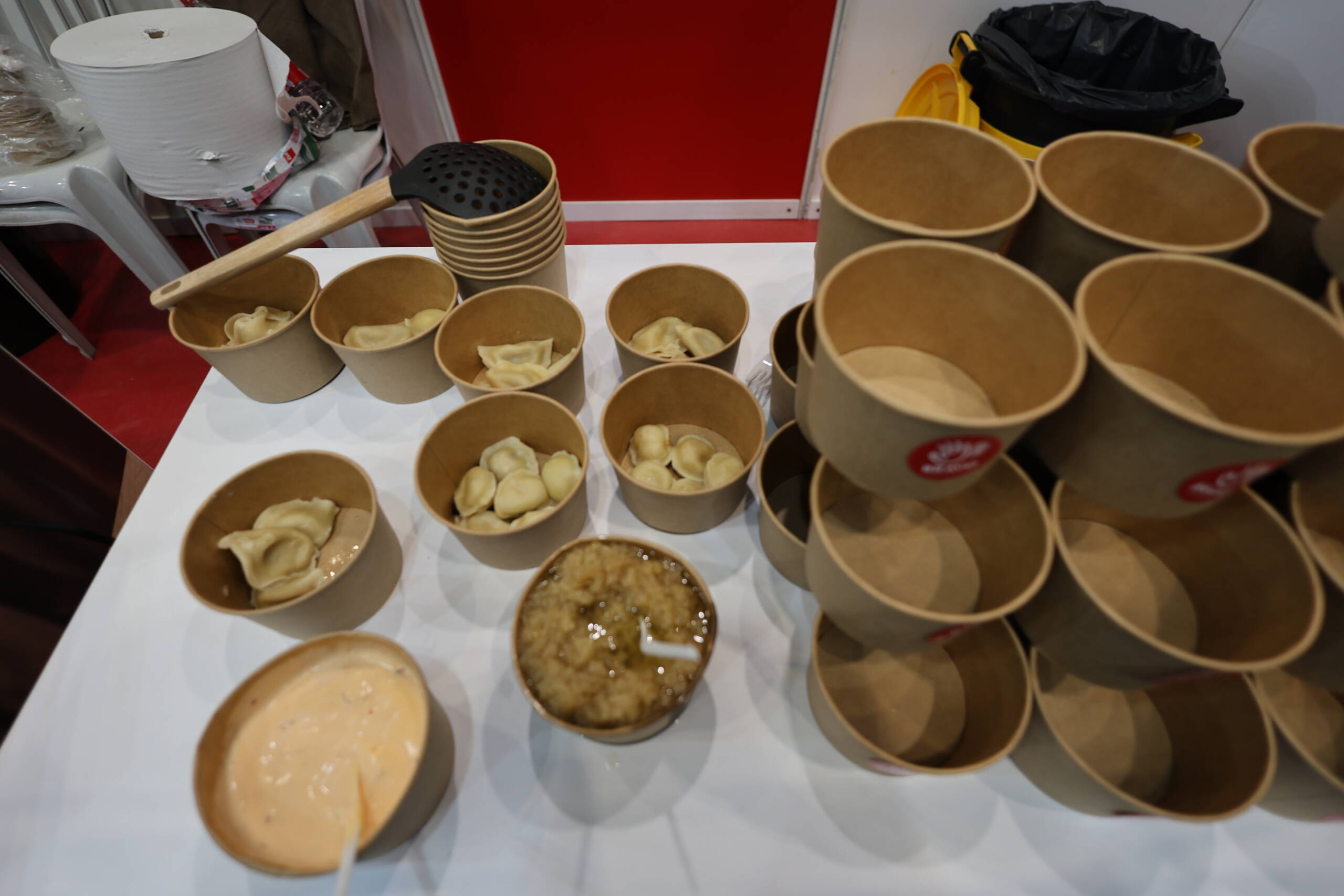There’s something almost funny, in a slightly cynical way, about wandering through an old European city — maybe lost on a narrow Venetian calle or drifting past the Gothic Quarter in Barcelona — and realizing the charming little trattoria or tapas bar you just ordered from doesn’t actually exist. Well, not in the way you think. The wooden menu board, the rustic logo, the cozy-sounding name? Pure fiction. The food you’re about to eat may have been reheated three blocks away in a warehouse-like kitchen shared with twenty other “restaurants” that all happen to serve wildly different cuisines but somehow share the same fries. It takes a moment to digest that idea… sometimes faster than the food itself.

Ghost kitchens started out harmless enough — a pandemic-era invention born from the collapse of traditional dining, the boom in delivery apps, and rent costs that made opening a real brick-and-mortar restaurant basically masochistic. The model is simple: one centralized industrial kitchen produces food for multiple brands that exist only online. No dining room, no waiters, no windows looking out onto a canal or cobblestone street. Just a logo, a menu, and a delivery app. In theory, there’s nothing inherently wrong with it. Some are run by real chefs testing concepts before going physical. Others are part of major restaurant chains optimizing delivery routes. But lately there’s a darker twist: these delivery-only creations are migrating into the physical tourism ecosystem — and pretending to be local cuisine.
Venice and Barcelona in particular have seen a quirky surge of ghost-kitchen-sourced meals disguised as artisanal food experiences. A plate of “fresh Venetian carbonara” may have never seen a Venetian cook. A plate of croquetas sold as abuelita’s recipe may have been snap-frozen weeks ago in another city entirely. The whole setup works because tourists rely on surface cues: the cute sign, the gelato-colored façade, the “traditional family recipes since 1984” language printed next to a QR ordering code. But peel back the aesthetic, and what you find is standardized production — private equity-designed brands running the delivery equivalent of fast fashion food.
There’s a practical consequence to this shift, beyond mild disappointment. Local food culture, for better or worse, is one of the last fragile pieces of authenticity left in heavily touristed places. When ghost kitchens seep into that, suddenly the city’s culinary identity becomes more simulation than substance. It’s like the difference between a hand-painted Venetian carnival mask and one stamped out of a mold in a factory outside Milan. You may not notice instantly, but eventually you feel the hollowness.
The saddest thing is that travelers can’t always tell. The food isn’t always terrible — sometimes it’s just aggressively average. The same standardized seasoning, the identical texture, the portion sizes engineered for Instagram rather than appetite. And because these outlets don’t actually exist as a single known restaurant, you can’t build a long-term relationship with them. There is no “best spot locals go to.” There’s just a rotating lineup of interchangeable identities — Mama Roma, Nonna Pasta, Venice Bites, Tapas House, Barcelona Gourmet — all fed by the same kitchen.
Maybe the fix isn’t dramatic. Slow down. Avoid restaurants with generic names and laminated menus translated into twelve languages. Step away from QR codes when possible. Look for places with imperfect handwritten signs, slightly chaotic service, a menu that changes, a waiter who cares enough to argue with you about what you should order. And if you’re in Venice or Barcelona and the menu reads like a global amusement park — ramen, burgers, paella, pad thai, pizza, poke bowls — just smile politely and keep walking.
Travel is supposed to taste like somewhere. And while the ghost kitchen trend isn’t evil — just efficient, modern, and algorithm-approved — there’s something sad about flying across the world only to accidentally eat the exact same meal someone can have at home.
Leave a Reply